Home>Garden Essentials>How To Describe Greenery
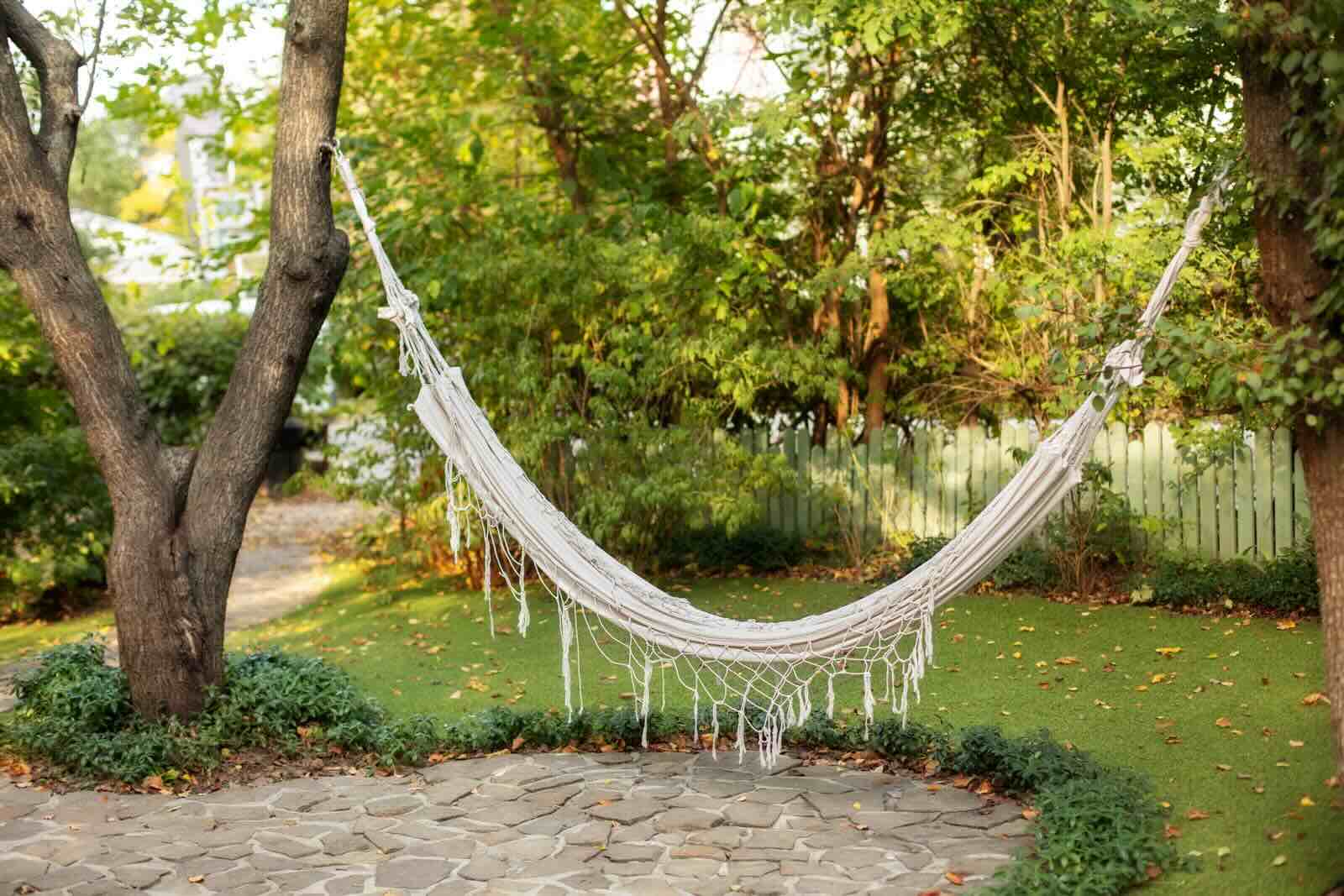

Garden Essentials
How To Describe Greenery
Modified: May 6, 2024
Learn how to describe the lush greenery of your garden with our expert tips and techniques. Enhance your gardening vocabulary and captivate your audience.
(Many of the links in this article redirect to a specific reviewed product. Your purchase of these products through affiliate links helps to generate commission for Storables.com, at no extra cost. Learn more)
Introduction
Welcome to the enchanting world of greenery! Whether you're strolling through a lush forest, admiring a meticulously landscaped garden, or simply gazing at a potted plant on your windowsill, greenery has a captivating presence that soothes the soul and invigorates the senses. In this article, we'll delve into the art of describing greenery in all its natural splendor, from the sprawling canopies of ancient trees to the delicate tendrils of ferns unfurling in a secluded glade.
Greenery is not merely a visual spectacle; it encompasses a symphony of scents, textures, and sounds that harmonize to create an immersive sensory experience. By understanding the nuances of greenery and learning to articulate its essence, we can elevate our appreciation of nature's abundant beauty. Whether you're an aspiring wordsmith seeking to enrich your descriptive prowess or a nature enthusiast eager to deepen your connection with the natural world, this exploration of greenery will provide valuable insights and inspiration.
Throughout this journey, we'll uncover the language and imagery that best capture the verdant tapestry of our surroundings, whether they be untamed wilderness or meticulously curated urban oases. By harnessing the power of sensory language and evoking the emotional resonance of greenery, we can convey its profound impact on our well-being and the environment. So, let's embark on this verdant odyssey and unravel the wondrous tapestry of greenery that surrounds us at every turn.
Key Takeaways:
- Greenery is more than just a visual spectacle; it encompasses scents, textures, and sounds that create a soothing and rejuvenating experience, impacting our well-being and the environment.
- Describing greenery involves capturing its visual, olfactory, tactile, and auditory qualities, allowing readers to immerse themselves in the lush tapestry of nature and fostering a deeper connection to the natural world.
Read more: How To Describe Dead Grass
Understanding Greenery
Greenery, in its broadest sense, encompasses all things green and verdant in the natural world. It represents the lush foliage of trees, the delicate fronds of ferns, the velvety moss carpeting the forest floor, and the myriad shades of green that adorn the landscape. Beyond its visual allure, greenery plays a vital role in sustaining life on our planet, serving as the lifeblood of ecosystems and a source of nourishment for countless species.
One of the most remarkable aspects of greenery is its ability to transform light energy into sustenance through the process of photosynthesis. This remarkable feat, performed by plants and other photosynthetic organisms, not only produces oxygen essential for life but also forms the foundation of the food chain. Greenery also acts as a natural carbon sink, absorbing carbon dioxide from the atmosphere and mitigating the impacts of climate change.
From a psychological perspective, greenery has been shown to have a calming and rejuvenating effect on the human mind. The color green is often associated with tranquility, balance, and vitality, and exposure to natural green spaces has been linked to reduced stress levels and improved overall well-being. Whether in the form of expansive forests, verdant meadows, or vibrant botanical gardens, greenery has a profound impact on our mental and emotional states.
Moreover, greenery fosters a sense of connection with the natural world, reminding us of our intrinsic bond with the environment and the delicate balance that sustains life on Earth. It serves as a poignant reminder of the beauty and resilience of the natural world, inspiring awe and reverence for the intricate web of life that surrounds us.
By understanding the multifaceted significance of greenery, we can better appreciate its role in shaping our physical, emotional, and spiritual experiences. As we venture further into the realm of descriptive language, let us carry this profound understanding of greenery as a source of inspiration and wonder.
Describing Greenery in Nature
Nature abounds with an exquisite array of greenery, each form contributing to the symphony of life that unfolds in the great outdoors. From towering forests to meandering riverside thickets, the diversity of natural greenery offers a rich tapestry of sensory experiences. When describing greenery in nature, it’s essential to capture the essence of these environments in vivid detail, allowing the reader to immerse themselves in the beauty of the natural world.
The verdant canopy of a forest presents a mesmerizing spectacle, with sunlight filtering through the emerald leaves to create a dappled, ethereal glow. The interplay of light and shadow among the towering trees evokes a sense of tranquility and mystery, inviting one to wander along mossy paths and breathe in the earthy scent of the woodland. The forest floor, adorned with a mosaic of ferns, wildflowers, and fallen leaves, exudes a sense of timeless serenity, while the rustling of leaves and the chorus of bird songs add a melodic soundtrack to the experience.
By a babbling brook or a meandering river, greenery takes on a different allure. Here, the lush foliage of waterside plants and the gentle sway of reeds create a picturesque scene, reflecting in the crystal-clear waters. The vibrant hues of water lilies, the delicate tendrils of trailing vines, and the rustling of aquatic grasses contribute to a sense of natural harmony and abundance.
In open meadows and rolling hills, greenery manifests as undulating waves of grasses and wildflowers, painting the landscape with a palette of greens, yellows, and purples. The gentle rustle of grasses in the breeze, the fluttering of butterflies and bees, and the distant call of songbirds infuse these open spaces with a sense of vitality and movement, creating a symphony of life that dances in the wind.
Describing greenery in nature requires an artful blend of sensory language, capturing not only the visual aspects but also the scents, sounds, and tactile qualities that define these environments. By evoking the immersive experience of being amidst nature’s green embrace, we can transport readers to these enchanting landscapes, fostering a deep appreciation for the intricate beauty of the natural world.
Describing Greenery in Urban Environments
Amidst the bustling concrete jungles of urban landscapes, greenery serves as a vital respite, offering pockets of tranquility and natural beauty amidst the architectural tapestry. From verdant parks and rooftop gardens to potted plants adorning balconies, greenery in urban environments provides a refreshing contrast to the urban hustle, infusing spaces with vitality and a touch of the natural world.
In city parks, greenery takes center stage, with sprawling lawns, leafy canopies, and vibrant flowerbeds creating an oasis of calm amid the urban clamor. The sight of families picnicking on the grass, the laughter of children playing amidst the trees, and the gentle rustle of leaves in the breeze evoke a sense of communal joy and relaxation. The interplay of sunlight filtering through the foliage and the scent of blooming flowers adds a sensory dimension to these urban green spaces.
Rooftop gardens, with their lush vegetation and panoramic views, offer a unique perspective on urban greenery. Here, the juxtaposition of verdant plant life against the backdrop of skyscrapers and city skyline creates a captivating contrast, blending the tranquility of nature with the vibrancy of urban life. The rustling of leaves in the wind, the chirping of birds, and the scent of earth and blooms contribute to a multisensory experience that redefines the urban landscape.
Even in the confines of urban dwellings, greenery finds a place to thrive. Balconies adorned with potted plants and hanging vines bring a touch of nature to high-rise living, creating a verdant sanctuary amidst the concrete surroundings. The sight of greenery spilling over balconies, the scent of fragrant blooms, and the gentle rustle of leaves offer a serene retreat for city dwellers, fostering a connection to the natural world within the urban fabric.
Describing greenery in urban environments requires an appreciation for the symbiosis of nature and human ingenuity, where green spaces coexist with the urban infrastructure, offering solace and inspiration to city dwellers. By capturing the interplay of greenery and urban landscapes, we can convey the profound impact of nature within the bustling heart of the city, enriching our understanding of the harmonious coexistence of natural and built environments.
When describing greenery, use specific adjectives to convey the color, texture, and size of the plants. For example, you could use words like lush, vibrant, or dense to paint a vivid picture for your reader.
Using Sensory Language to Describe Greenery
When endeavoring to convey the essence of greenery, harnessing the power of sensory language is paramount. By engaging the senses of sight, smell, touch, and sound, we can paint a vivid and evocative portrait of the natural world, immersing readers in the lush tapestry of greenery that surrounds us.
Visual imagery plays a pivotal role in describing greenery, capturing the myriad shades of green, the intricate patterns of leaves, and the interplay of light and shadow in natural settings. Whether it’s the verdant canopy of a forest, the delicate filigree of fern fronds, or the vibrant blooms of wildflowers, visual descriptions evoke the captivating beauty of greenery, inviting readers to envision these enchanting landscapes.
Furthermore, the olfactory dimension of greenery adds a layer of depth to our descriptive endeavors. The earthy aroma of damp soil, the sweet perfume of blooming flowers, and the resinous scent of evergreen foliage infuse natural settings with a symphony of fragrances that evoke a sense of nostalgia and tranquility. By incorporating scent-based descriptions, we can transport readers to the heart of these verdant realms, allowing them to breathe in the essence of the natural world.
The tactile qualities of greenery also offer rich opportunities for descriptive language. The velvety softness of moss underfoot, the supple texture of leaves between one’s fingers, and the cool touch of a tree’s bark convey the sensory richness of the natural world. By articulating these tactile experiences, we can invite readers to feel the lushness and vitality of greenery in a tangible and intimate manner.
Moreover, the auditory elements of greenery contribute to its immersive allure. The rustling of leaves in the wind, the chirping of birds amidst the foliage, and the gentle babble of a forest stream create a symphony of natural sounds that enrich the sensory tapestry of greenery. By integrating auditory descriptions, we can evoke the serene and harmonious ambiance of natural environments, allowing readers to immerse themselves in the acoustic landscape of greenery.
By weaving together these sensory threads, we can craft a multi-dimensional portrayal of greenery that transcends mere visual imagery, inviting readers to engage with nature on a visceral and emotional level. Through the evocative power of sensory language, we can awaken a profound appreciation for the verdant splendor that envelops us, fostering a deeper connection to the natural world.
Read more: How To Describe A Beautiful Swimming Pool
Describing the Emotional Impact of Greenery
Greenery, in its myriad forms, holds a profound emotional resonance that transcends mere visual appeal. It has the remarkable ability to evoke a range of emotions, from tranquility and rejuvenation to awe and inspiration, shaping our perceptions and enriching our inner landscapes. By delving into the emotional impact of greenery, we can uncover the deep-seated connections between nature and human well-being, illuminating the transformative power of verdant landscapes.
One of the most prevalent emotions elicited by greenery is a sense of tranquility and calm. The verdant hues of nature, the gentle rustle of leaves, and the soft play of light create an atmosphere of serenity that soothes the mind and spirit. Whether amidst a secluded forest glade, a verdant meadow, or a tranquil garden, the presence of greenery offers a respite from the frenetic pace of modern life, fostering a sense of inner peace and equilibrium.
Moreover, greenery has the capacity to inspire feelings of rejuvenation and vitality. The sight of lush foliage, the vibrant blooms of flowers, and the verdant expanse of open landscapes infuse us with a sense of renewal and energy, reminding us of the regenerative power of the natural world. The verdant embrace of greenery serves as a source of vitality, invigorating our senses and revitalizing our spirits.
Greenery also evokes a profound sense of connection and belonging. In the presence of natural landscapes, we are reminded of our intrinsic bond with the environment and the interconnectedness of all living beings. The lush tapestry of greenery fosters a deep sense of unity and harmony, instilling a feeling of belonging within the intricate web of life that surrounds us.
Furthermore, the emotional impact of greenery encompasses a sense of wonder and awe. The grandeur of ancient trees, the intricate beauty of ferns and mosses, and the resilience of wildflowers inspire a sense of awe and reverence for the natural world. In the presence of such magnificence, we are humbled and uplifted, reminded of the boundless wonders that nature has to offer.
By articulating the emotional impact of greenery, we can convey its profound influence on our inner landscape, nurturing a sense of peace, vitality, connection, and wonder. Through the evocative power of descriptive language, we can invite readers to explore the emotional tapestry of greenery, fostering a deeper appreciation for its transformative influence on our lives.
Conclusion
As we conclude our exploration of greenery, we are reminded of the boundless wonders and profound significance of the natural world. Greenery, in all its forms, serves as a testament to the resilience, beauty, and interconnectedness of life on Earth, offering a sanctuary for the body, mind, and spirit. Through the art of descriptive language, we have unraveled the captivating allure of greenery, from the verdant landscapes of untamed wilderness to the tranquil oases nestled within urban landscapes.
By understanding the multifaceted dimensions of greenery and harnessing the evocative power of sensory language, we have embarked on a journey that transcends mere visual imagery, inviting readers to immerse themselves in the lush tapestry of nature. We have explored the emotional impact of greenery, uncovering its ability to foster tranquility, rejuvenation, connection, and awe, enriching our lives in ways that extend far beyond the visual spectacle.
Through the artful use of descriptive language, we have painted vivid portraits of the natural world, capturing the essence of greenery in all its splendor. Whether it’s the gentle rustle of leaves in a forest glade, the vibrant blooms of a city park, or the verdant expanse of a meadow, greenery has left an indelible imprint on our hearts and minds. It serves as a poignant reminder of the delicate balance and enduring beauty of the natural world, inspiring us to cherish and protect these invaluable landscapes for generations to come.
As we navigate our daily lives, let us carry with us the profound appreciation for the transformative power of greenery, allowing its sensory richness and emotional resonance to infuse our experiences. Whether we find ourselves amidst the untamed wilderness or the heart of a bustling city, greenery offers a source of solace, inspiration, and connection, reminding us of the enduring bond between humanity and the natural world.
May our descriptive endeavors continue to celebrate the verdant splendor that envelops us, fostering a deeper understanding and reverence for the intricate tapestry of greenery that sustains and enriches our lives. Let us strive to convey the profound impact of greenery, not only through our words but also through our actions, as stewards of the environment and champions of the natural world.
Now that you've got a grasp on describing greenery, why not apply those skills to refining your outdoor spaces? Our next feature covers unique and creative garden fence ideas that might just inspire your next landscaping project. Whether you're looking to add a touch of privacy or just enhance your garden's aesthetic, these ideas are sure to spark creativity and transform your garden into a delightful sanctuary.
Frequently Asked Questions about How To Describe Greenery
Was this page helpful?
At Storables.com, we guarantee accurate and reliable information. Our content, validated by Expert Board Contributors, is crafted following stringent Editorial Policies. We're committed to providing you with well-researched, expert-backed insights for all your informational needs.



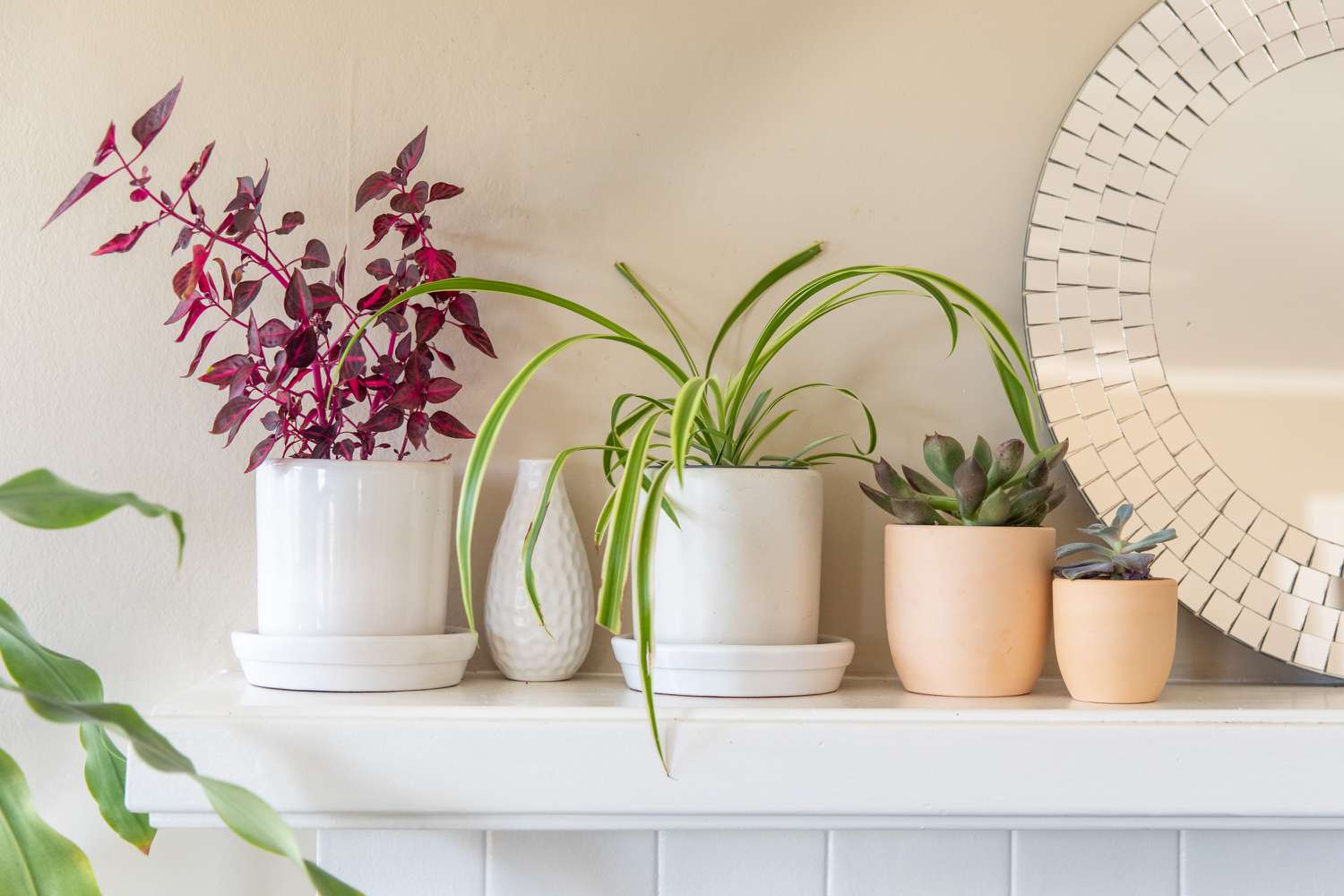



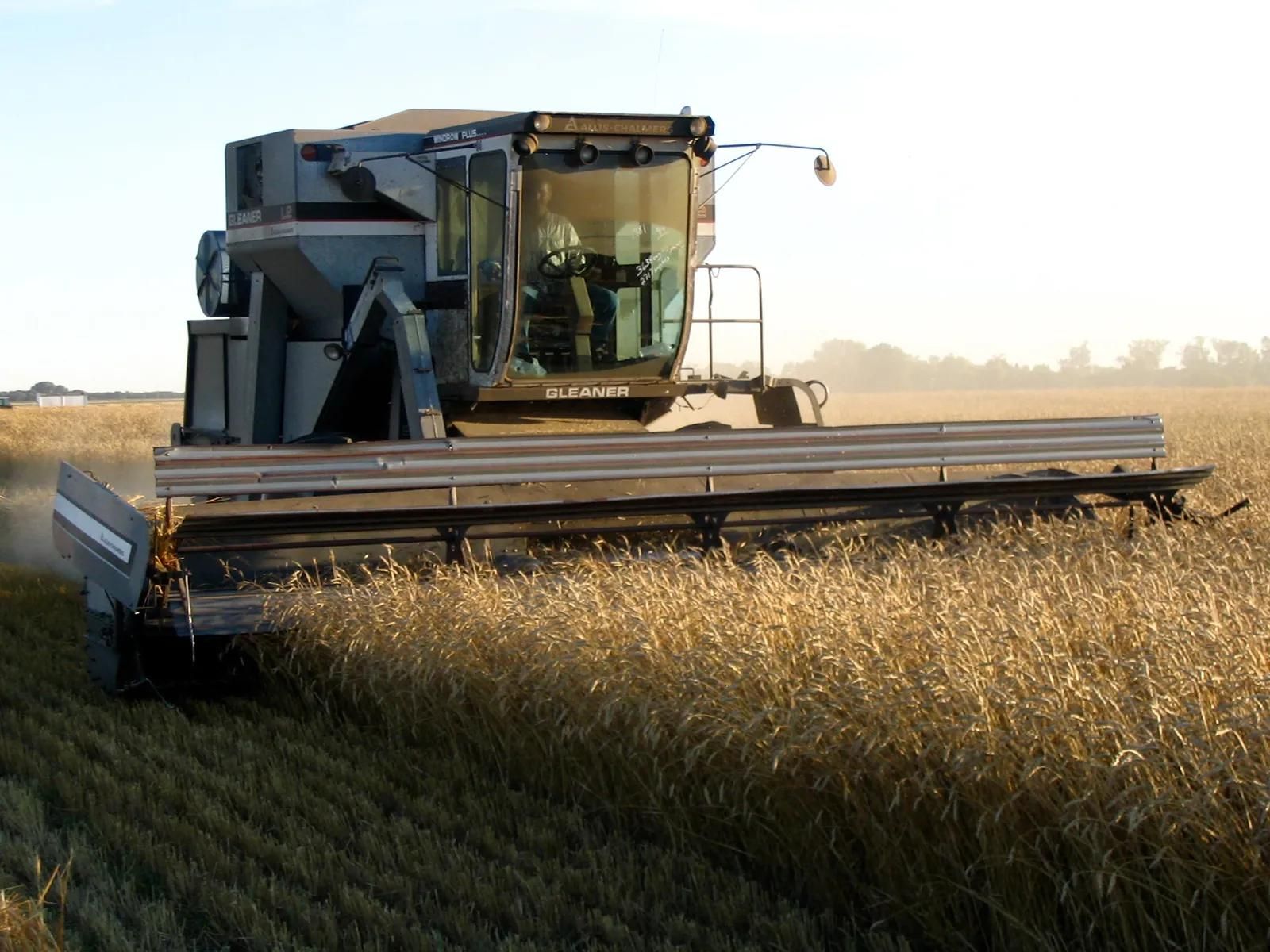

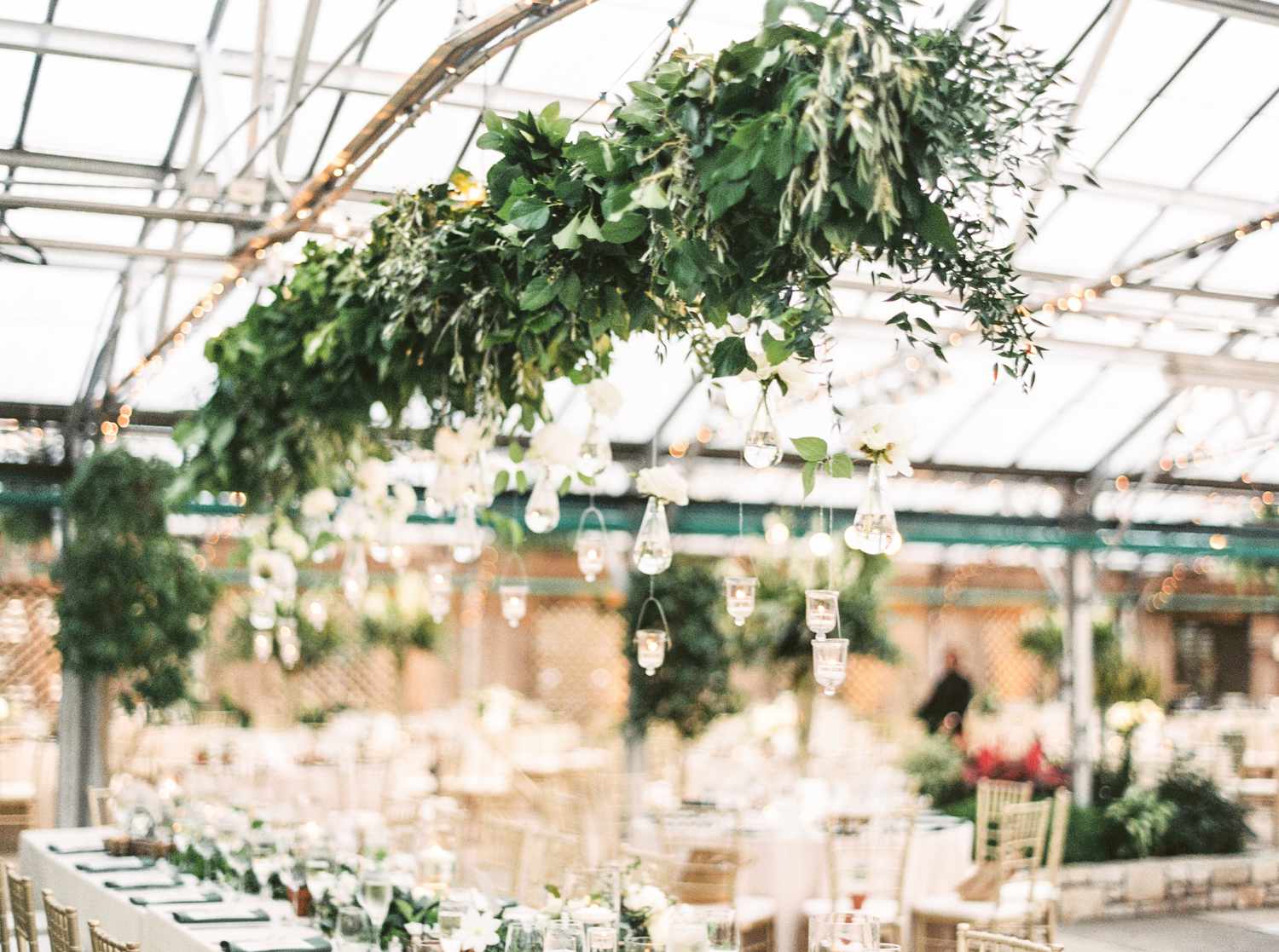
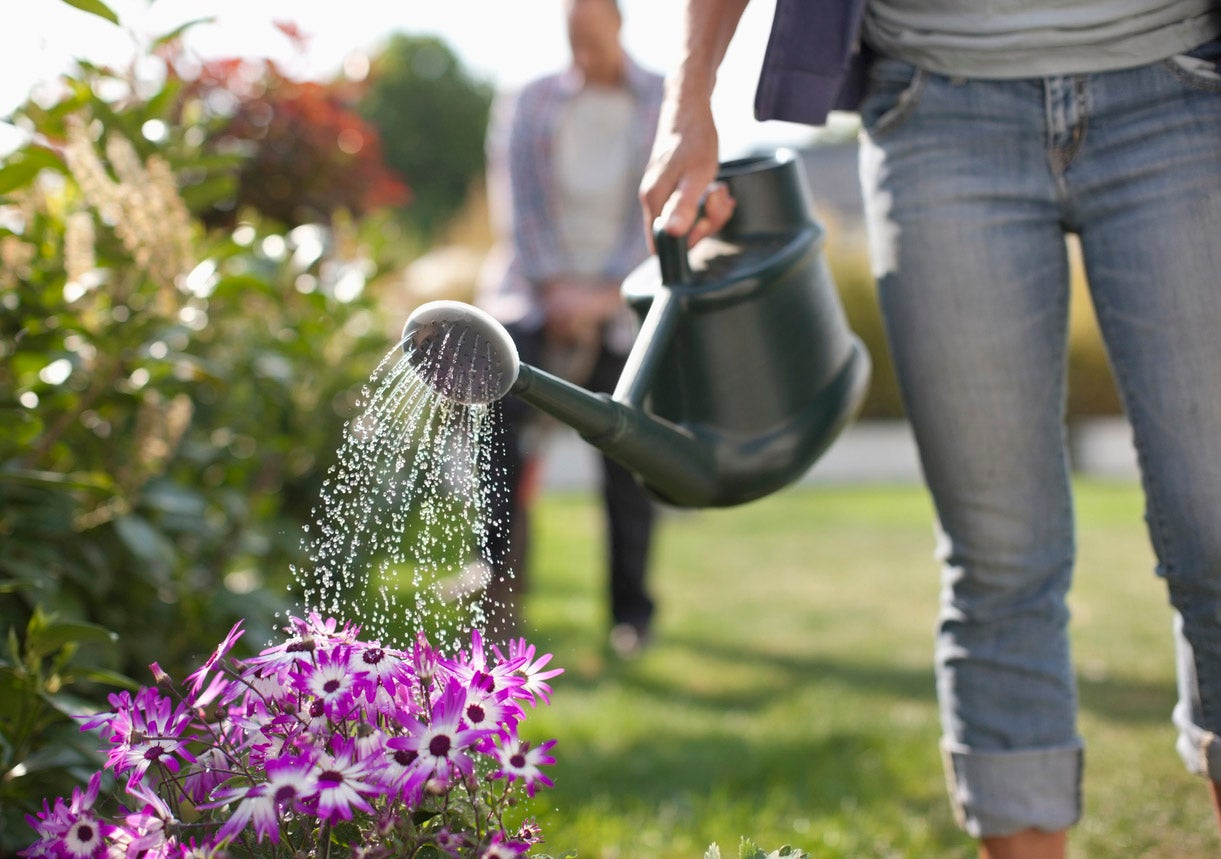
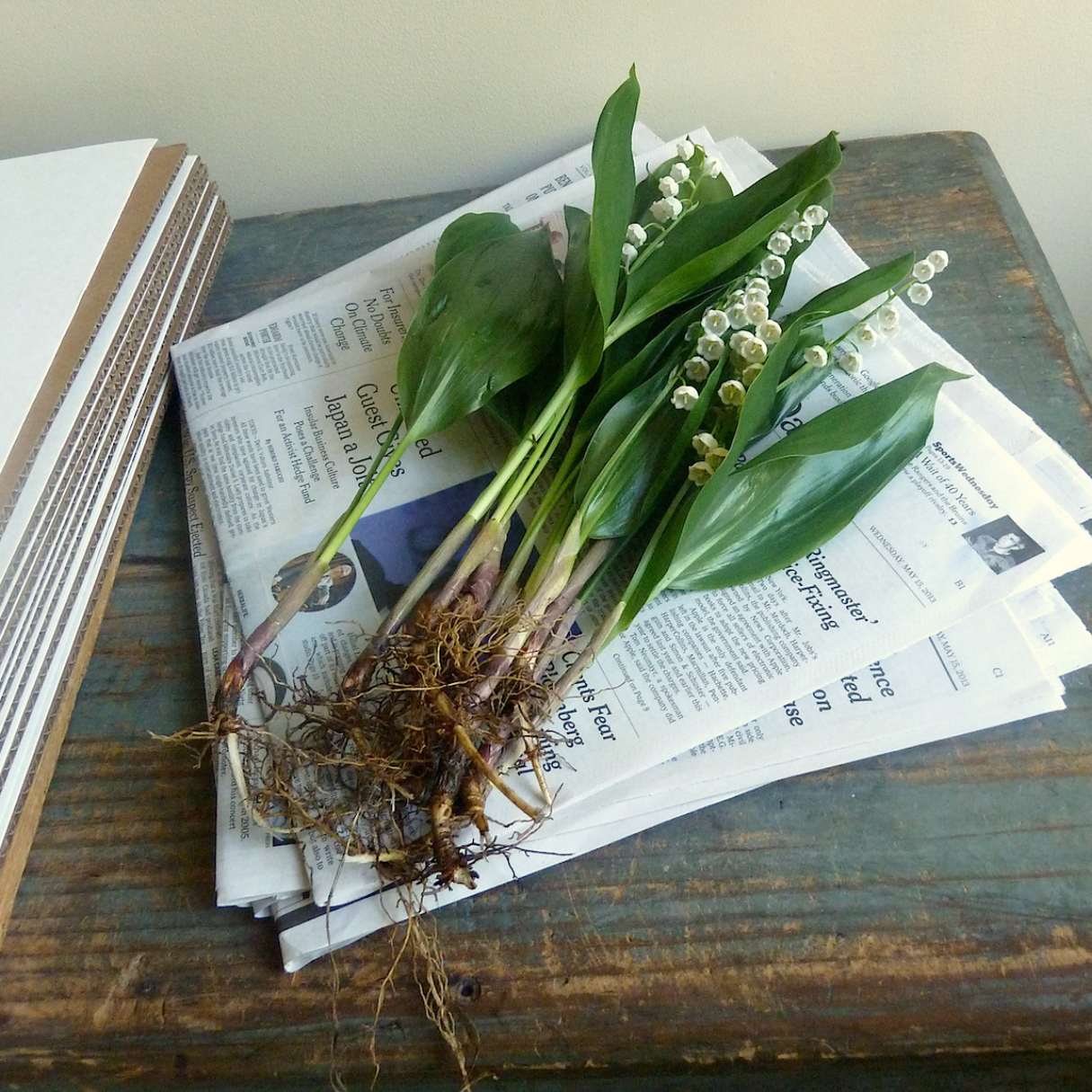
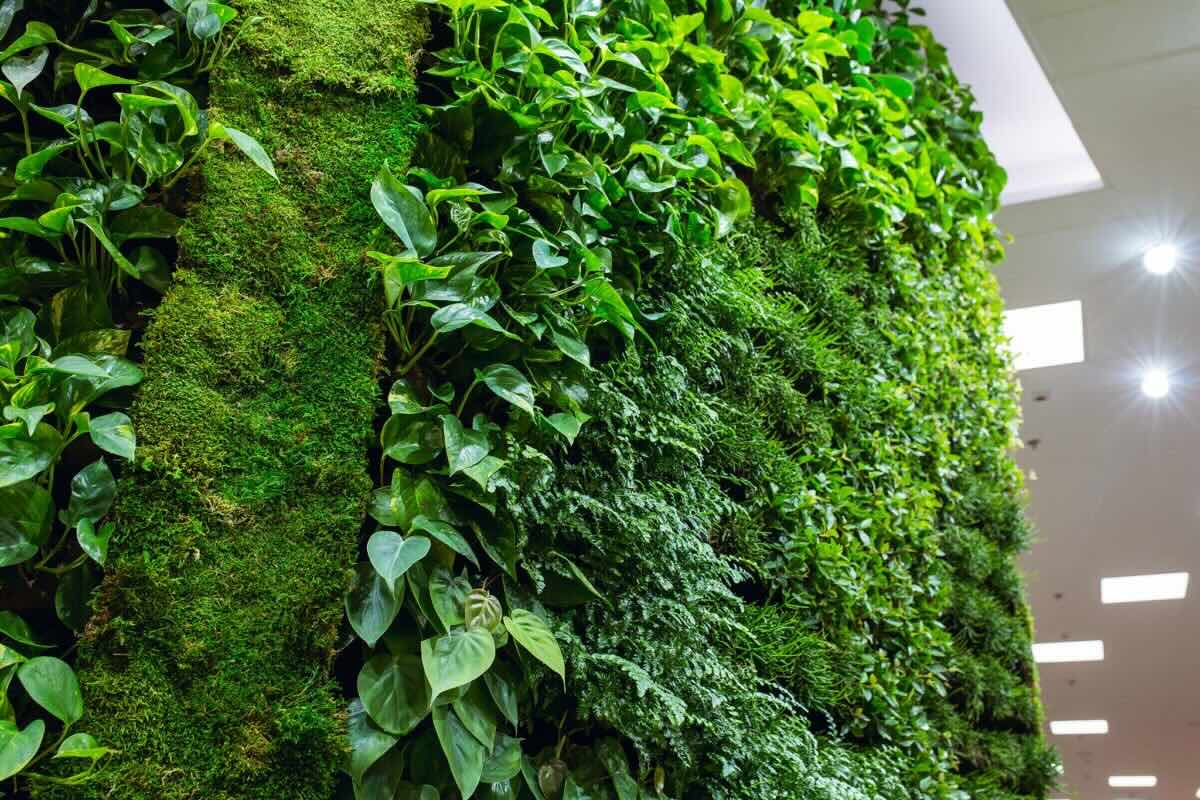
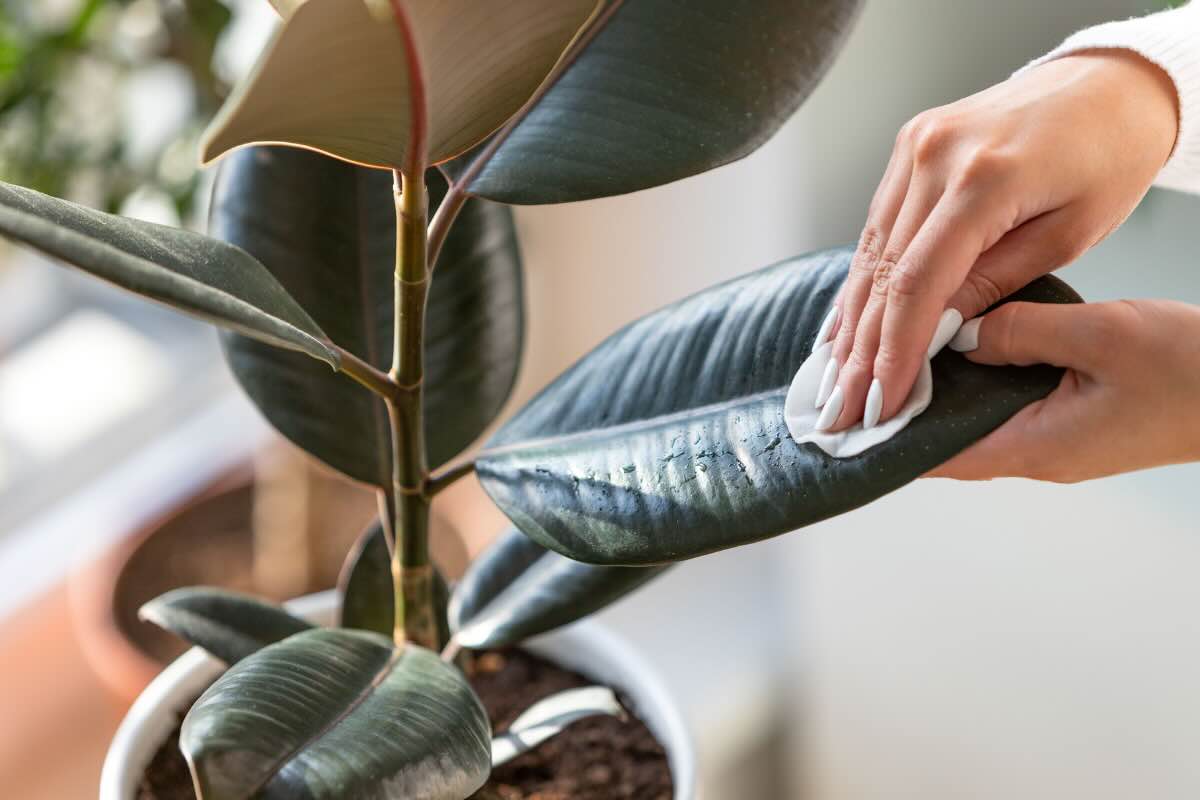

0 thoughts on “How To Describe Greenery”